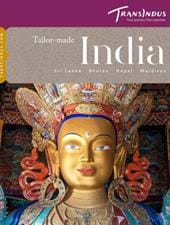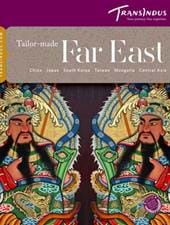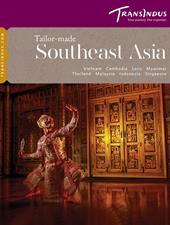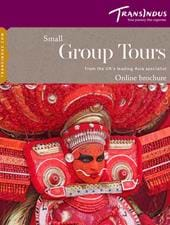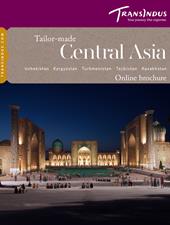Ladakh’s first contact with Buddhism came in the 10th century, when its rulers looked to Kashmir rather than Tibet for religious inspiration. Because most of them were destroyed by Muslim raiders in later eras, few monuments from this early, pre-Tibetan period survive. By far the finest and best preserved of them lies in a cluster of mud-walled buildings at Alchi, a couple of hours’ drive west of Leh.
Protected for more than nine-hundred years in this inconspicuous spot beside the Indus River is a wonderful collection of Kashmiri-style murals and wood sculptures, almost as fresh and vibrant today as when they were created in the time of Rinchen Zangpo, the “Great Translator”.
Rich reds and blues dominate the intricate mandalas (sacred diagrams) and friezes adorning the interiors of the temples, whose pride and joy is a huge stucco statue of Maitreya, the Buddha to come, with attendant Bodhisattvas. Wonderfully fresh, detailed paintings decorate the robes of each, depicting episodes in the life of the Buddha, court scenes, yogic postures and portraits of scholars and monks.
If you’re lucky enough to have Alchi all to yourself before the tour groups arrive, the experience is nothing short of magical.

